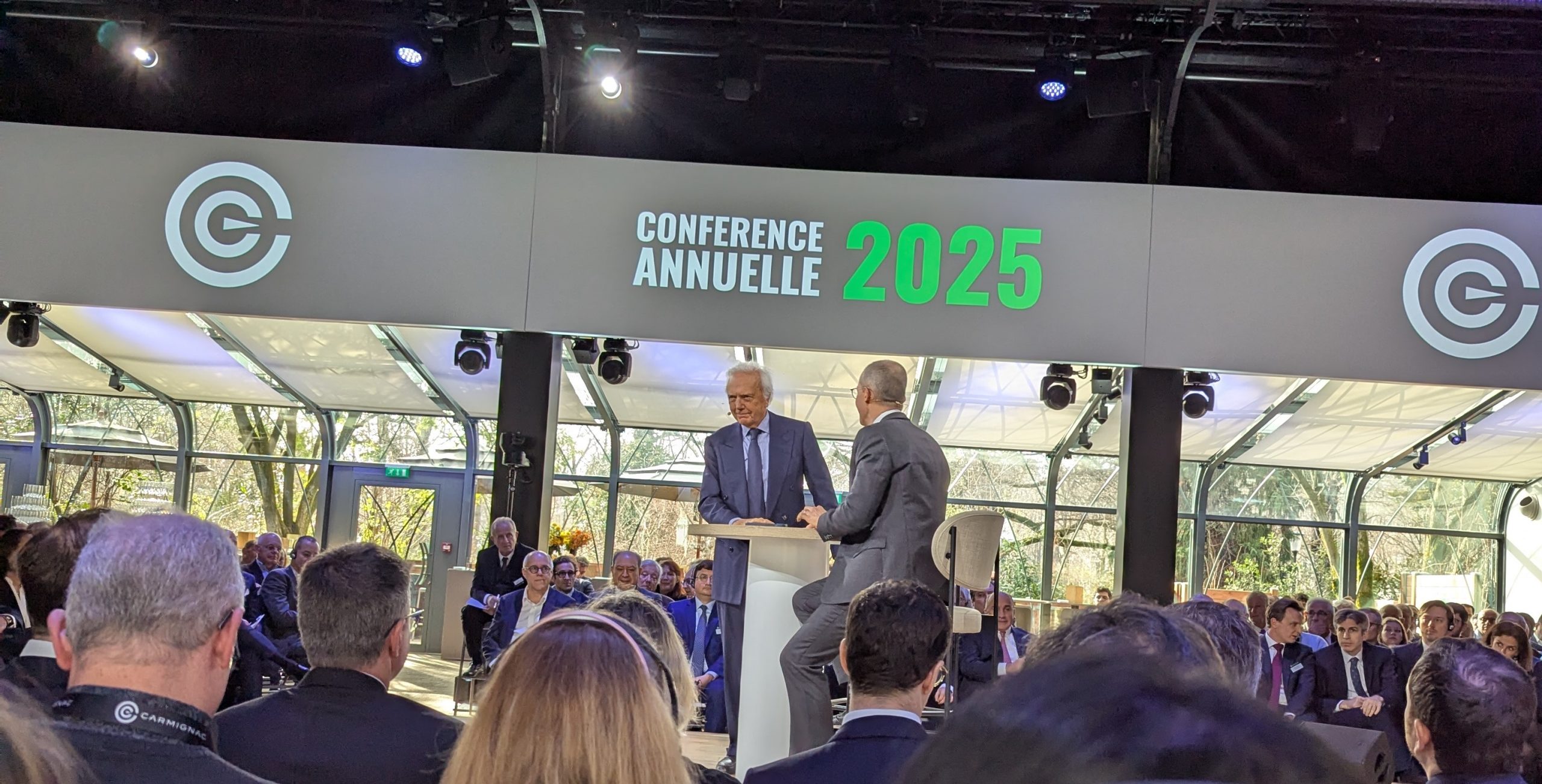One of the key recommendations made by international asset managers at the beginning of the year was the need to filter out the noise surrounding Donald Trump‘s approach to policymaking. The trade war launched by his administration, which has put the word “tariff” in most headlines since yesterday, is a clear example of why investment firms gave that advice.
If we look at the latest developments, China has imposed tariffs on U.S. products set to take effect on February 10. Specifically, it has announced a 15% tariff on coal and liquefied gas and a 10% tariff on oil, agricultural machinery, high-displacement cars, and pickup trucks. Canada’s response was similar, with Prime Minister Justin Trudeau announcing 25% tariffs on U.S. products. Meanwhile, after a “friendly” phone call with Claudia Sheinbaum, president of Mexico, Trump has decided to pause the 25% tariffs on the country for a month in exchange for a series of commitments on border and trade security.
Time to Negotiate?
According to experts, this first move in the trade war by all parties confirms what many had anticipated: tariffs will be used as a bargaining tool. “As we predicted, Trump is starting his term by using trade policy decisions as a shock weapon within a broader framework of future negotiations, allowing him to partially rebalance trade with some economies. We already saw this tactic during the NAFTA renegotiation when Trump’s threats to withdraw from the trade alliance successfully pressured for a new agreement,” state analysts at Banca March.
Experts at the firm believe that China, having already experienced a trade war, is less inclined to give in to such pressure. Trump is now expected to speak with Chinese President Xi Jinping in the coming days, raising hopes that both leaders may reach an agreement to avoid a new trade war.
For Damian McIntyre, Head of Multi-Asset Solutions at Federated Hermes, these announcements signal to the world that Trump is willing and able to use tariffs as a tool. “While this could ultimately be a negotiation tactic, it has the potential to reshape global investment narratives, including the need for higher risk premiums for countries he perceives as unfair players. Whether it’s tariffs and geopolitical tensions or AI and profits, investors face many risks in today’s market. We believe that investing in a globally diversified range of assets is one way for investors to maintain strong and resilient portfolios,” says McIntyre.
In this context, asset managers are focusing on the imbalances in public accounts and their impact on national economies. “Contrary to what Trump’s rhetoric suggests, it is not the exporting countries that pay the tariffs. U.S. importing companies pay these tariffs to the Treasury. Mechanically, the first impact will be on U.S. companies. For the end consumer, an increase in customs duties has a macroeconomic effect similar to that of a tax hike. It has a temporary impact on inflation and a downward effect on demand, which tends to push prices lower. The main risk, therefore, is a demand-driven growth shock rather than an inflation shock,” explains Enguerrand Artaz, analyst at La Financière de l’Échiquier.
“Trump knows that an open trade war would mean higher inflation for the average U.S. citizen, something he will likely want to avoid in the end. Meanwhile, we must get used to a more volatile 2025 than the previous year, where risk assets, particularly fixed income, will continue to offer attractive entry opportunities,” say analysts at Banca March.
Market Reactions
The first two days following these announcements have also provided insight into how markets are digesting the possibility of a new trade war. According to Robeco, the swift execution of Trump’s tariff threats surprised markets, causing volatility in equities, while safe-haven assets like gold and the dollar surged. “After Trump abruptly withdrew his threat of general tariffs on Colombia earlier last week following a migrant deportation deal, the market was convinced that Trump’s bite would be softer than his bark,” says Peter van der Welle, Strategist for Sustainable Multi-Asset Solutions at Robeco.
Van der Welle believes that the latest tariff announcements on Canada and Mexico show that Trump’s bite is primarily tied to his willingness to seal a border security deal and achieve his political goal of restricting migration. “With markets now forced to guess Trump’s next trade policy moves, U.S. trade policy uncertainty has reached its highest level in 40 years, except for the summer of 2019, when the U.S.-China trade war was at its peak. We expect market volatility to remain high in the short term, reflecting a significant risk of another major trade announcement targeting China, Europe, and/or Japan,” he notes.
Key Takeaways for Investors
Michael Medeiros, macroeconomic strategist at Wellington Management, believes that the most important factor for investors to consider in this situation is the increased likelihood of higher inflation volatility, a lower probability of supply-side improvements in the economy, and the significant link between tariff revenues and tax cuts through budget reconciliation. “These tariffs represent Trump delivering on his campaign promises. He is doing what he said he would do, and that is another key factor to keep in mind,” says Medeiros.
Economists at BofA agree that using tariffs as a bargaining tool has increased trade policy uncertainty and expect this trend to continue. “For markets, we see three key takeaways: the U.S. administration is transactional—nothing is final until it’s signed; U.S. economic policy threats should be taken seriously and literally; and the U.S. ‘bailout’ policy may be further from financial relief than the market expects. Investors have suggested that the stock market serves as the U.S. administration’s performance marker and that any policy shift affecting risk assets will be quickly reversed. We advise caution,” they state in their latest report.




